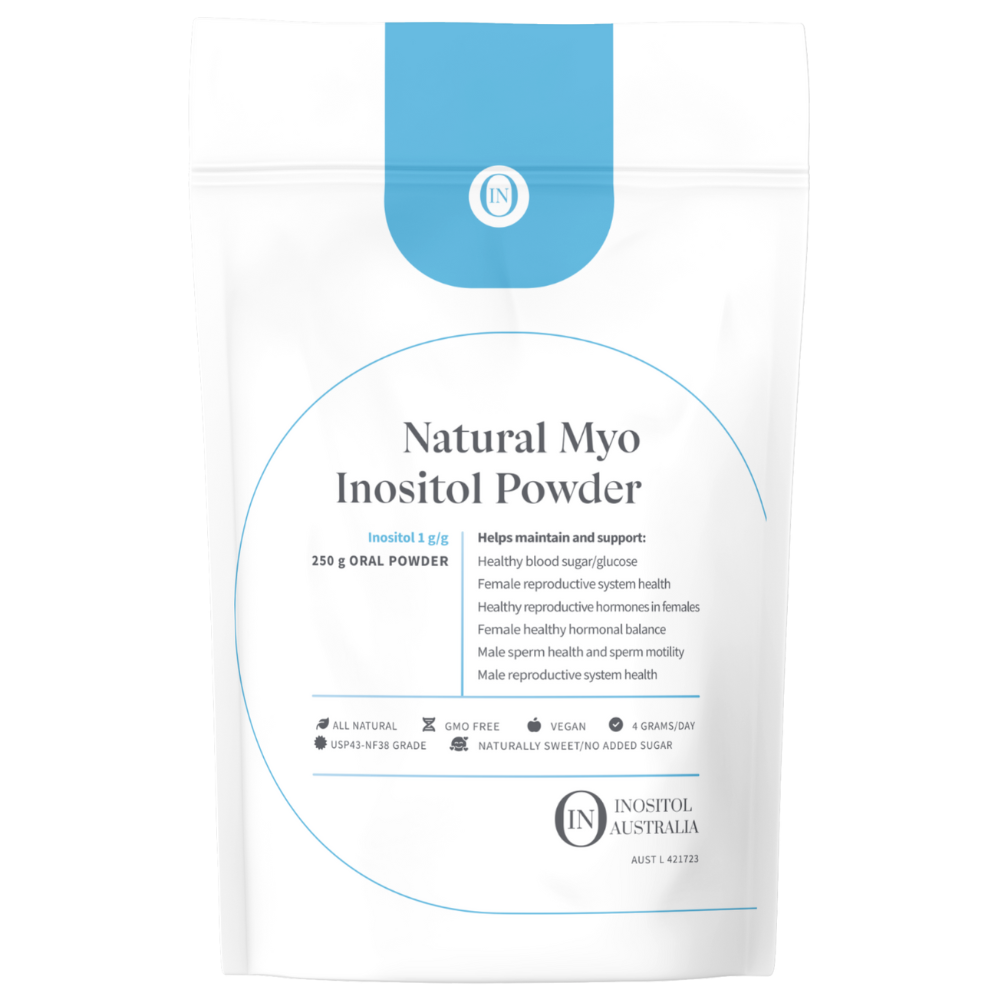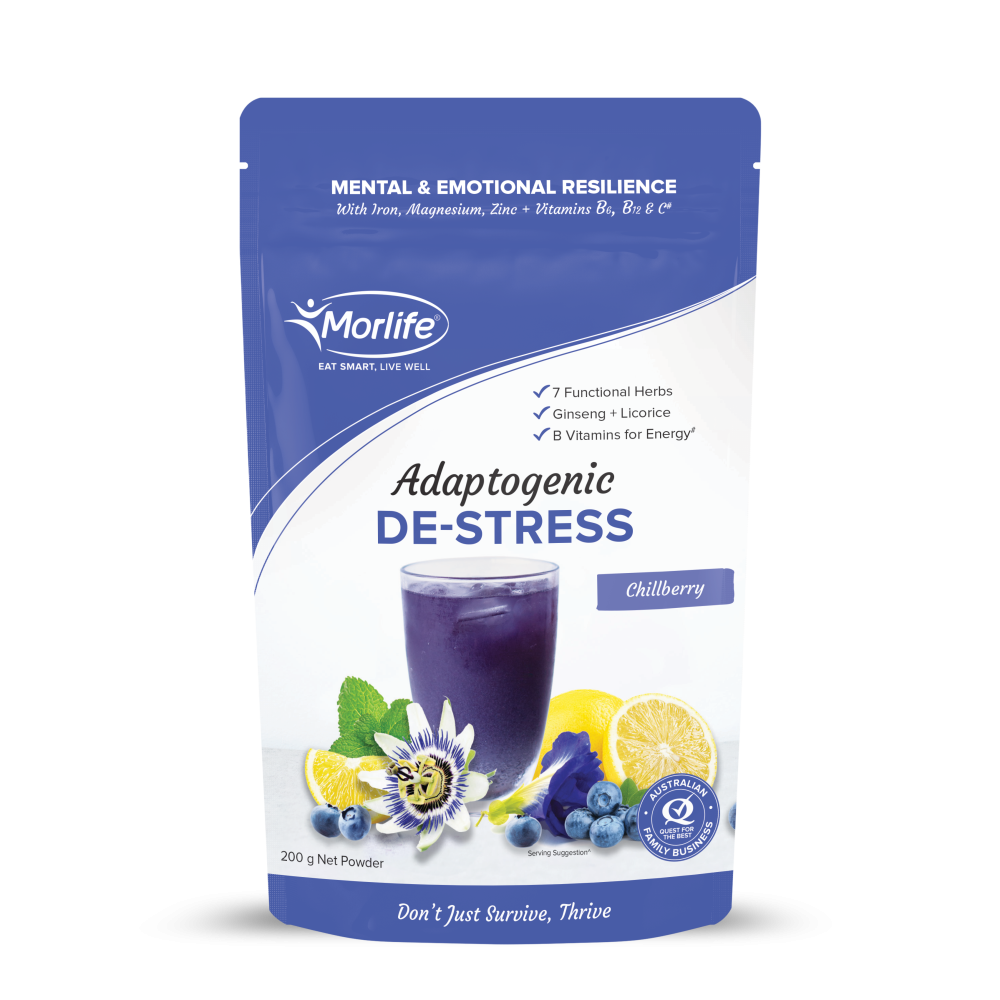Last fact checked: 21/03/2021
Your Free PCOS Exercise Plan To Lose Weight Fast
As a result reading this post you will understand
- Why it is so important for women who have polycystic ovarian syndrome (PCOS) to exercise.
- What is the best type of exercise for women with pcos.
- How can you achieve weight loss faster whilst improving insulin resistance.
[lwptoc]
Why Do You Need To Exercise with PCOS?
A quick recap of PCOS symptoms will remind you what you have that you want to get rid of, and also what you want to prevent by exercising.
The Symptoms of Polycystic Ovarian Syndrome are:
- Polycystic Ovaries
- Irregular or no periods
- Hyperandrogenism
- Hair loss on the scalp
- Oily skin and acne
- Facial hair growth
- Weight gain
- Fatigue
- Depression or Anxiety
We’re sure you already know if you are overweight or not without needing any external verification.
What you may not know is that for women with PCOS the type 2 diabetes risk increases up to 4 times and the onset is up to 4 years sooner than women without PCOS.
If you are planning on having a baby then your risk gestational diabetes also increases.
So if you blood sugar levels are higher than normal you might be pre-diabetes and you should get medical advice.
It could be a good early warning to get moving to drop some weight and avoid progressing to full blown diabetes.
The Australian Heart Foundation have a Cardiovascular Death Risk Table. Sounds terrible we know. To explain it simply the chart shows the risk for people with and without type 2 diabetes.

If you get diabetes then as you get older your risk is going to be much higher than if you didn’t have diabetes.

Take an example of a woman who has turned 55, isn’t a smoker, has high cholesterol say HDL 7 and systolic blood pressure of 140 but no diabetes.
Her risk is low 5-9%. But if she had diabetes then her risk would be High Risk 16-19%. That is an increase of 200-300%.
If she has a history of cardivasular disease in her family then the row above is used. That risk would be 20-24%. That is more than a 1 in 5 chance of cardiovasular related death!
That should be a really good reason to get moving. Get the blood pressure down, get the blood fats lower, avoid getting diabetes.
You might be thinking “I’m young and I don’t have to worry”. But you do. The earlier you start getting healthier the better. Not to mention it helps with depression and anxiety symptoms.
What is the Best Type Of PCOS Exercise
The International evidence-based guideline for the assessment and management of polycystic ovary syndrome 2023 say that “in women with PCOS and excess weight, lifestyle interventions which reduced weight by as little as 5% of total body weight have been shown to have health metabolic, reproductive and psychological benefits”.
Just 5%! Anyone can do that. Even easier if you say 1% a month over 5 months.
But what kind of exercise does the research suggest or recommend?
The recommendations for adults trying to lose weight are:
- A minimum of 250 min/week of moderate intensity activities or 150 min/week of vigorous intensity or an equivalent combination of both, and muscle strengthening activities involving major muscle groups on 2 non-consecutive days/week.
- Aim to achieve at least 30 minutes daily.
- Minimised sedentary, screen or sitting time.
For adolescents: aim for at least 60 minutes of moderate to vigorous intensity physical activity per day at least 3 times per week.
Moderate intensity PCOS exercises (250 min pw)
The recommended exercise for PCOS Weight Loss are:
- Brisk walking (5 – 7km/hr, 3 – 4.5mph),
- Walking uphill,
- Hiking,
- Cycling (8 – 15km/hr, 5 – 9mph),
- Low impact or aqua aerobics,
- Yoga gymnastics,
- Weight training,
- Moderate dancing,
- Aerobic machines (rower, stair climber, elliptical, stationary bike)
- Competitive tennis,
- Volleyball,
- Badminton,
- Recreational swimming,
- Golf — carrying clubs,
- Intense house/yard work or
- Occupations with extended standing or walking.
Vigorous Intensity PCOS Exercises (150 min pw)
The recommended Vigorous Exercises for PCOS weight loss are:
- Race walking,
- Jogging/running,
- Mountain climbing,
- Cycling (> 16km/hr, 10mph),
- High impact aerobics,
- Karate or similar,
- Circuit weight training,
- Vigorous dancing and aerobic machines,
- Competitive basketball,
- Netball,
- Soccer,
- Football,
- Rugby,
- Hockey,
- Swimming,
- Water jogging,
- Downhill or cross country skiing,
- Non-motorised lawn mowing,
- Occupations with heavy lifting or rapid movement.
The trick to knowing whether you are exercising at a moderate or intense rate is whether or not you can carry on a conversation. If you can it’s moderate, if you can’t it’s vigorous.
Further the 2023 guidelines say “Self Monitoring including with fitness tracking devices and technologies for step count and exercise intensity, could be considered as an adjunct to support and promote active lifestyles and minimise sedentary behaviours.” It could be time for you to ask your Health Insurance provider if they will contribute to the cost of your fitness tech.

How Do You Stick To Your PCOS Exercise Plan
The best PCOS Exercise plan is the one you stick to as a habit. That means setting smart goals, starting out with something small and celebrate your success regularly.
A smart goal is something specific, measurable, achievable, realistic and time based.
Getting started is more important than hitting the goal every day. Be kind to yourself. It’s a lifestyle change not a sprint.
So if your goal is something like “ In the next 5 months I will be walking 5 times per week for a minimum of 50 minutes”. It might seem too much and be off putting. Even a 30 minute walk two days a week could seem too much.
So change your focus to the behaviour that starts the goal. Start by understanding the trigger and minimum effort required.
If could be that In the next 5 days I am going to put my walking shoes on a 5:50 pm after I get home from work. (That you conveniently leave out the front of the house.)
Notice these goals are about what you do not what the outcome is. No point talking about body fat % and a certain goal weight. It’s more important to do than to be.
We really recommend that you keep score by marking off your calendar every time you achieve your goal. Then it becomes like a bit of a chain you start but never break 2 days in a row.
Diet & PCOS Exercise For Losing Weight and the 70/20/10 Rule
The Evidence based guidelines recommend that a combined approach to diet, exercise and lifestyle will have a better outcome than one change alone.
Fitness nuts have long said that you can’t out exercise a poor diet. This means it might be time to take out the bad fats in your diet and add in the good ones, swap out the high GI carbs for low GI and consider plant based proteins.
Food is considered 70%, exercise is the 20% and the 10% is supplementation.
For a guide as to what foods can you eat when you have PCOS refer to our previous post linked here.
As you can guess with we provide the recommended Inositol Powder that you can take to help reduce insulin resistance. In this regard if Inositol helps you prevent diabetes it is going to have a much higher impact on your health than the 10% attributed to weight loss results.
Some of our customers do say they have amazing weight loss in a few weeks and that might be due to the change in their menstrual cycle and associated hormone levels.
For some women the changes aren’t very fast, but every woman is different and we can’t claim Inositol is a cure for PCOS. It isn’t.
But there is growing evidence and for a little cost you can test if it works for you.
PS Did you know that bodybuilders preparing for competitions use Inositol Powder to help them cut?
References:
International Evidence Based Guidelines For Diagnosis and Treatment of Polycystic Ovary Syndrome – Monash University – Centre For Research Excellence In Polycystic Ovary Syndrome ( Last accessed 21/3/2021)
The link between diabetes and PCOS – Medical News Today (Last accessed 21/3/2021)
Gestational Diabetes and Type 2 Diabetes in Reproductive-Aged Women With Polycystic Ovary Syndrome – The Journal of Clinical Endocrinology and Metabolism (Last accessed 21/3/2021)
Development and Risk Factors of Type 2 Diabetes in a Nationwide Population of Women With Polycystic Ovary Syndrome Katrine Hass Rubin, Dorte Glintborg, Mads Nybo, Bo Abrahamsen, Marianne Andersen The Journal of Clinical Endocrinology & Metabolism, Volume 102, Issue 10, 1 October 2017, Pages 3848–3857, https://doi.org/10.1210/jc.2017-01354 (Last accessed 21/03/2021)
Absolute CVD risk clinical guidelines – Heart Foundation Australia – (last accessed 21/3/2021)
Hormonal responses and adaptations to resistance exercise and training. Kraemer WJ, Ratamess NA. Hormonal responses and adaptations to resistance exercise and training. Sports Med. 2005;35(4):339-61. doi: 10.2165/00007256-200535040-00004. PMID: 15831061. (Last accessed 21/3/2021)
-
PCOS Starter Bundle
-
Natural Myo Inositol for PCOS / Hormonal Balance
-
Nature's Sunshine Berberine - 90 Capsules
-
Morlife Collagen Protein Water - 400g - Tropical or Berry
-
Morlife Beauty Collagen Antiox - Berry Deluxe 200g
-
Morlife Marine Collagen + Vitamin C - Unflavoured 200g
-
Morlife De Stress - Chillberry 200g (with Ashwagandha)
-
Morlife Complete Mood Uplift - Choc Delight 200g
-
Morlife Plantiful Protein Powder - 440g - Chocolate or Vanilla Fudge











